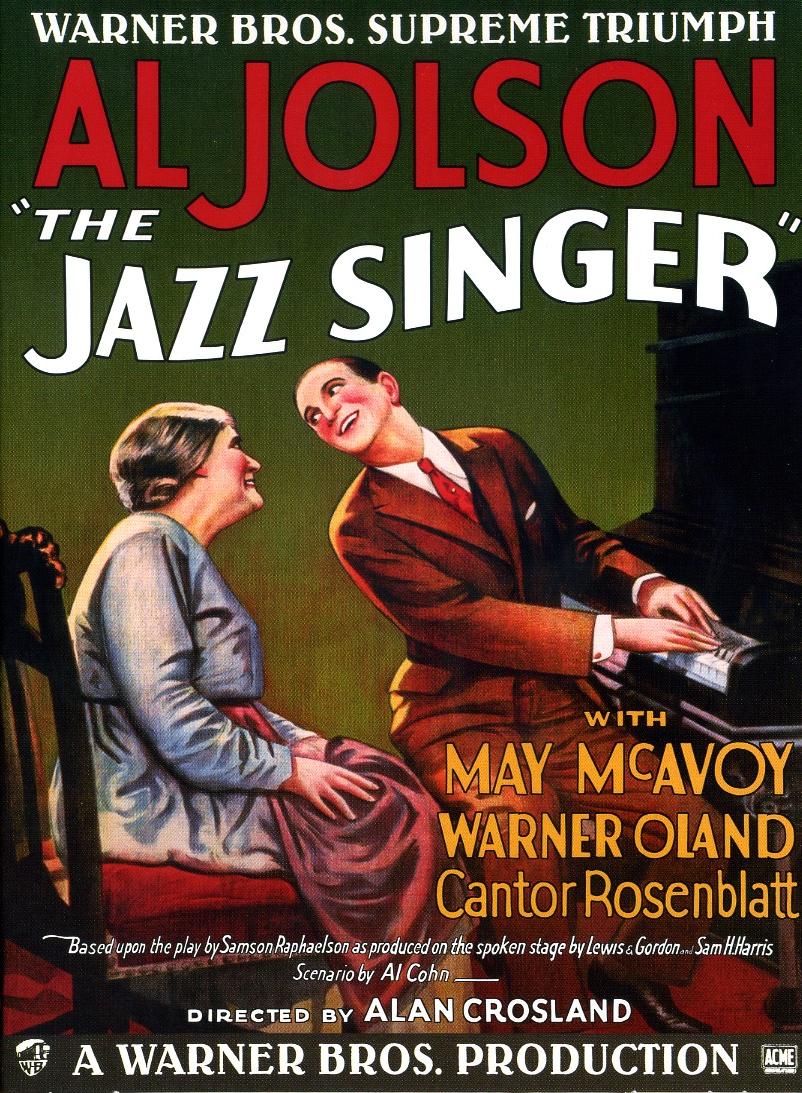
1927’s New York City, a hive of invention, jazz, and burgeoning cultural changes, played host to the premiere of a film that would shake the pillars of the entertainment industry. Released on October 6th, “The Jazz Singer,” headlined by the charismatic Al Jolson, was not just another movie – it was a clarion call announcing the end of one era and the blazing start of another.
To grasp the full drama this film incited, imagine a Hollywood dominated by silent films. Grand orchestras and emotive pianists painted the aural landscape, setting the mood and pace for stories told through exaggerated facial expressions and intertitles. Silent cinema, with its unique universal language, had reached its zenith. Stars like Charlie Chaplin thrived in this silent world, but outside the silver screen, a musical revolution was brewing.
When “The Jazz Singer” made its debut, the initial reception was a mixture of awe and confusion. Here was a film that not only showcased music but integrated it into its narrative, blurring the lines between a concert and cinematic storytelling. Jolson’s character, yearning to break away from tradition to immerse himself in the world of jazz, mirrored Hollywood’s own transition. When he declared, “Wait a minute, wait a minute. You ain’t heard nothin’ yet!” it wasn’t just a line from the script – it was a prophetic statement about the future of movies.
The buzz following the film’s release was palpable. Audiences were split. Many were mesmerized by this newfound fusion of visuals and sound, feeling it added depth and emotion to the cinematic experience. Others, attached to the art of silent storytelling, felt talkies were a passing fad, a gimmick that would soon fade.
But the film industry took note. Studios, always with an eye on the next big thing, saw the potential “talkies” held. There was a rush, a mad scramble, as moguls invested in sound technology. Actors whose careers were built on silent films found themselves at a crossroads. Their physical expressiveness had to now be complemented by vocal performances. Some adapted, while others faded into obscurity, unable to transition into this brave new world.
The cultural impact extended beyond Hollywood. Musicians saw a new platform to showcase their talent. Composers were in demand to score films. Jazz, blues, and later rock ‘n’ roll, found a home in movies, shaping not just soundtracks but influencing narrative arcs and character developments.
However, the transition was not smooth. Technical limitations meant that the first batch of talkies lacked the polished finesse of later years. Microphones were obtrusive, and sound quality varied. But these teething problems were mere footnotes in the grander narrative.
“The Jazz Singer” was the pebble that caused ripples across an industry. It was more than a movie; it was a statement of intent, a promise of evolution. It reminded Hollywood and the world beyond that change, while often disruptive and divisive, is also the lifeblood of creativity. It was a drama played out not just on screen but in the very heart of an industry on the cusp of reinvention.




Leave a Reply